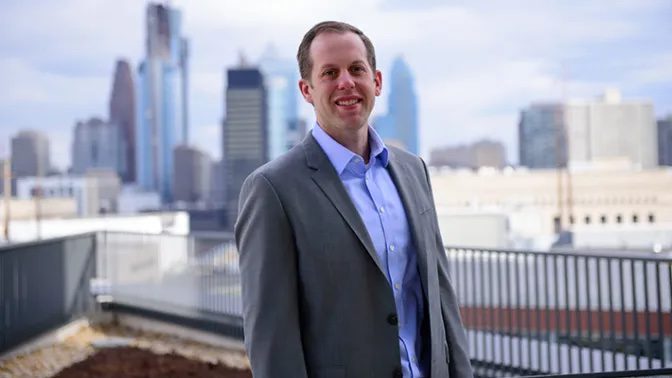Prof Schneider is an Associate Professor in Decision Sciences and MIS at Drexel University. His research enables organizations to create useful data while protecting consumer data privacy. He creates flexible, but careful statistical methodologies that preserve the patterns required for profitable business decisions. Outside of privacy, he focuses on forecasting revenue and sales using new data.
How did you become a forecaster?
My journey as a forecaster took shape during my master’s degree at Carnegie Mellon University in 2008. During this time, I undertook a master’s thesis focused on forecast accuracy measures under the expert guidance of Dr. Wilpen Gorr. Our research endeavors revolved around applying novel forecast accuracy measures to detect large changes in time series data. A pivotal moment in my journey occurred at the International Symposium of Forecasting (ISF) in 2008, held in the coastal city of Nice, France. What struck me as remarkable about ISF was the inclusive and supportive environment throughout the conference. Regardless of one’s background—whether on an academic or practitioner track—everyone embraced a constructive mindset and extended a warm welcome to newcomers. This sense of unity and collaboration caused me to pursue a Ph.D. in statistics and continue with the forecasting community.
What areas of forecasting interest you?
I am interested in applying new data and methods to existing forecasting practices and processes. For example, I applied textual data to improve forecasts of product sales at Amazon. I also used signal detection theory to create a new forecasting method that could better predict large changes. Most of my research has been in data privacy, where I try to create useful synthetic data while protecting consumer data privacy. An example may include changing the values of time series for privacy reasons while preserving forecast accuracy. My Ph.D. candidate, Cameron Bale, found that forecast accuracy is better when the synthetic time series maintains the spike, max variance shift, max level shift, mean, variance, strength of trend, and strength of seasonality of the original time series.
How has the International Journal of Forecasting influenced you?
The International Institute of Forecasters (IIF) provided me with invaluable support and opportunities for growth. They have extended their generosity through a student travel grant that allowed me to attend my first conference and played a crucial role in my advancement to Associate Professor with their influential tenure letters. The IIF’s journal, the International Journal of Forecasting, offered me a fair and competitive peer review process for both acceptances and rejections. They have also fostered a constructive feedback culture, shaping my approach to providing input to others.
The people in the IIF have been fantastic and genuinely enhanced my daily life. For example, Pam Stroud has been running IIF since I started, keeping the organization positive and efficient. Many notable academics like Rob Hyndman, Keith Ord and Robert Fildes would say hi to you as a new member and continue finding time to help you later in your career. Longstanding members such as Brian Slodoba, George Athanopolous, and Hans Levenbach, bring a wealth of enthusiasm and historical knowledge, strengthening the bonds that tie the forecasting community together. The people are why I decided to be Program Chair for ISF 2023 in Charlottesville, Virginia.
What do you do in your free time?
I love figuring out how things actually work and applying academic research to practice. I enjoy experiencing local cultures while traveling to new destinations. I’ve been toying with the idea of taking my overdue sabbatical and could use some suggestions!


